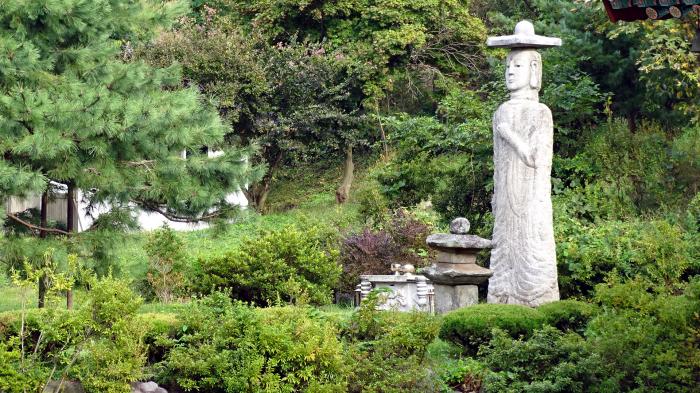Now that I've been through Jukai, I feel I can ask the REALLY stupid questions.
For starters:
1. Why do so many words in zen begin with z? Zen, zazen, zafu, zabuton, zenji, etc.
2. Why do we put the rakusu on our heads? Sitting with the rakusu on my head for so long this morning, I couldn't help but wonder.
Gassho,
Hensho
Satlah
For starters:
1. Why do so many words in zen begin with z? Zen, zazen, zafu, zabuton, zenji, etc.
2. Why do we put the rakusu on our heads? Sitting with the rakusu on my head for so long this morning, I couldn't help but wonder.
Gassho,
Hensho
Satlah







Comment